Bug out bags… a favorite topic for preppers. Many spend dozens of hours over the years, adding and removing things, making them lighter, more compact, and so on. And they have every reason to do this.
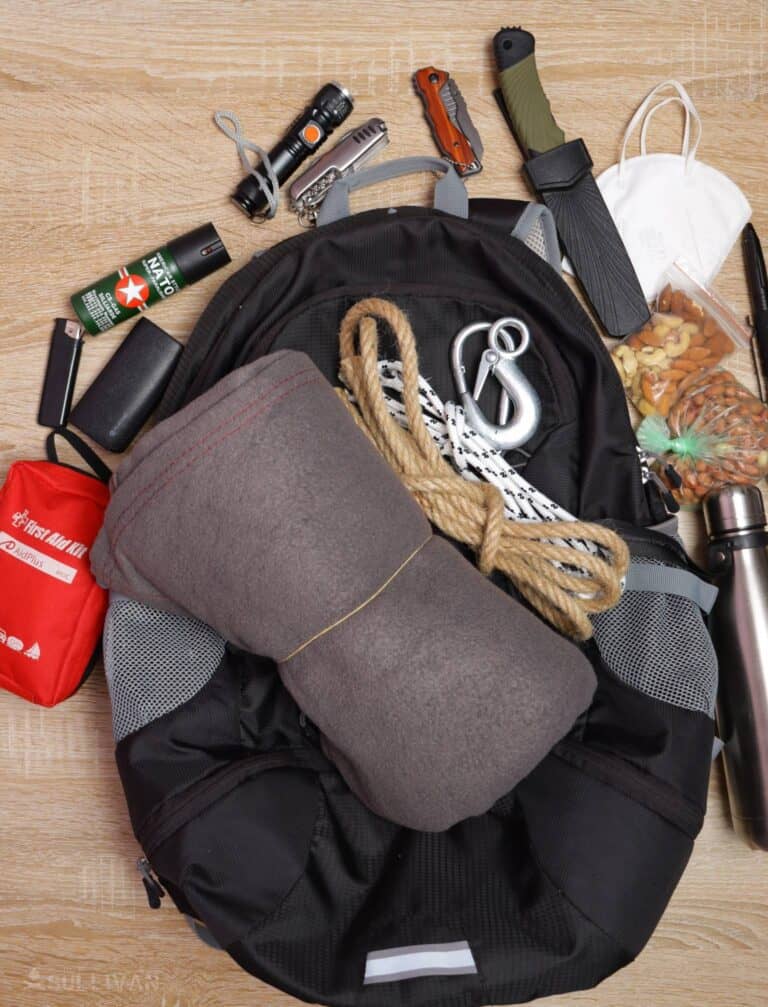
In a bug-out situation, you’re going to need to be flexible, to be able to walk or run with it on your back, to throw it over obstacles such as fences, downed trees, or small rivers.
In other words, you need the smallest and lightest bag possible that has as much food, water, tools, and gear as possible. Sounds impossible, right? Maybe so, but what you can do is move in that direction by making small adjustments to it.
How? It’s all in the details…
In what follows I’m going to let you in on some “advanced” tips that will bring your survival backpack closer to perfection.
#1. Make your BOB modular
By modules I mean pouches and bags that hold items pertaining to a task or set of tasks, such as starting a fire or first aid. You could have a fire-starting kit, a first aid kit, a hygiene kit, an electronics kit, and so on. The benefit is that you always know where to find a particular item.
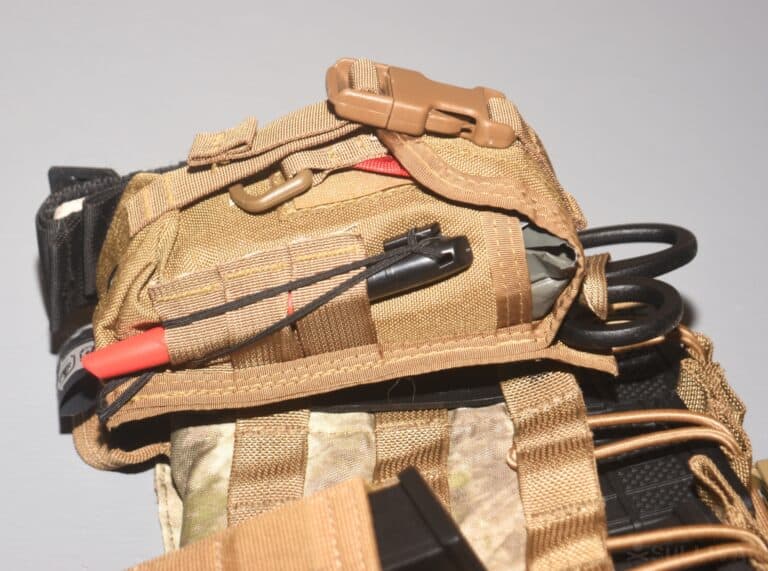
The downside to this is that the pouches will make your BOB a little heavier and bulkier… so it’s up to you. I think it’s a great idea, though, because you’ll have everything organized and it’s easy to get to.
One alternative is to simply keep them in zipper bags, which you in turn place inside airtight plastic containers. But, if you have the money, you can find waterproof MOLLE bags that you can carry on your back (you will need extra straps for them) or attach to other backpacks that have MOLLE webbing.
#2. Creative Ways to Make Your Bag Lighter
If you’re not that strong and can’t carry a lot of weight, imagine what a problem that’ll be in a bug-out situation. There are many ways to shed ounces or even pounds off your bag, including:
- replacing your sleeping bag with a lighter, bivvy bag
- crippling your toothbrush (you don’t need the handle)
- getting smaller multi-tools, smaller water filters, smaller batteries… smaller everything!
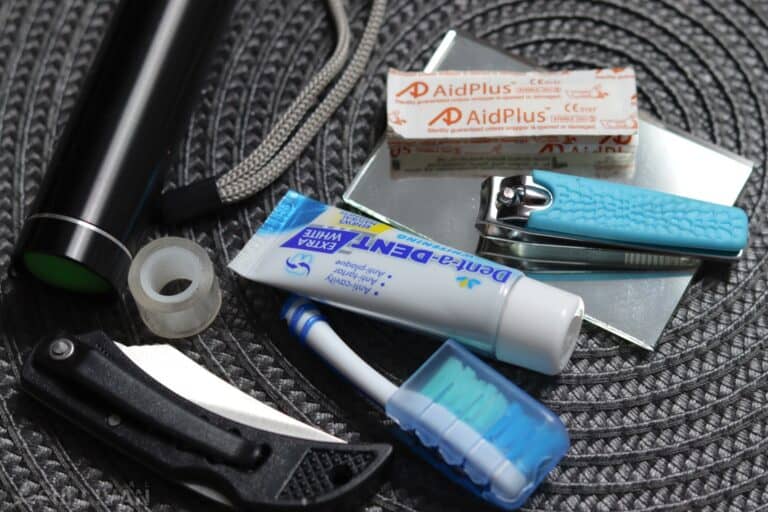
Before you make any of these decisions, keep in mind the possible duration of your bug-out. How much time are you planning to spend outdoors?
If it’s more than a few days, consider a larger yet better-equipped INCH bag (INCH is just a fancy name for a bug out bag that is designed to help you survive for weeks and even months – we wrote a pretty extensive article on the topic).
#3. Lining Your Bag with Trash Bags
This will make all your items waterproof, particularly if you have them scattered across the BOB. Many of the items you pack require that they stay waterproof, including your electronics, your fire-starting devices, your medical supplies, your knives, multi-tools, and even your nail clippers.
Simply get a plastic trash bag as large as the main compartment of your backpack and put everything inside it. For your pockets, use smaller trash bags or even larger zipper bags.
#4. Carry Some of the BOB Items on Your Person
In other words, consider keeping as many as possible inside your pants’ or jacket pockets. This will take a considerable weight off your back, making it much easier for you to move.
Now, you may already have an EDC but if you have time to put on your cargo pants just before you flee, you might also have time to take out some of the items inside your bag and stuff them in your pockets or attach them to your tactical belt.
The only question is… which items should you choose? Will you have time to look for them inside your bag one by one? If you plan this in advance, you’ll be mindful to keep some of these items easily accessible, perhaps in the exterior pockets.
Some of the things to consider removing from the bag and putting into your pockets:
- your survival knife
- the compass (only if you think you’ll use it)
- your multi-tool (can be used as a self-defense weapon if need be)
- a bandanna (lots of survival uses for it)
- your flashlight
- your walkie-talkie
- sunscreen
- …and so on.
Try not to select the items based on how small and light they are but, instead, choose the ones you’re also more likely to use.
For example, you could keep your space blanket inside your pocket but chances are you won’t need it until you set camp. On the other hand, if you’ll be bugging out during the winter, the odds of you using it go up. It’s up to you to assess your unique situation.
#5. Leave Some Extra Room
There are two reasons to NOT fill your bug out bag to the brim. One, you may want to carry other items you acquire along the way. Things like wild edibles, an extra bottle of water, your spouse’s water bottle, and so on.
Two, keep in mind that the same items will take up a larger volume after you use them and try to put them back. This always happens to me when I’m traveling (though I admit I’m no expert when it comes to optimizing how I pack).
Speaking of which…
#6. Pack Smart
There’s a trick to making your backpack feel lighter on your back: put the heavier things at the bottom and as close to the back of the bag as possible. This way, when you put the thing on, the heavy items will be as close to your lower back and spine as possible, making them easier to bear.
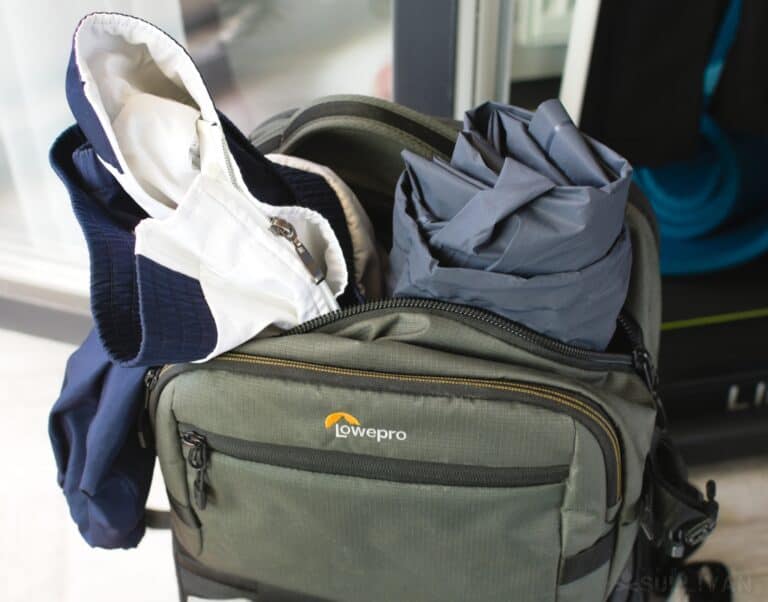
Packing a backpack is really an art…
#7. Keep Important Items Within Reach
Things like your first aid kit, flashlights, your multi-tool, and your knife should be kept either at the top of the bag or in the side pockets. If you get injured, you won’t have time to look for your bandages; you’ll need them right there and then. If you get attacked and you don’t have a gun, you won’t have time to look for your pepper spray or stun gun.
Final Word
The tips I’ve given you in this article are just some of the things you can do to improve your BOB. You can find more through personal experience (the best way to learn, anyway). Take your bug-out bag hiking and camping and notice things that bother you. Do this before any disaster strikes so you have time to make adjustments.
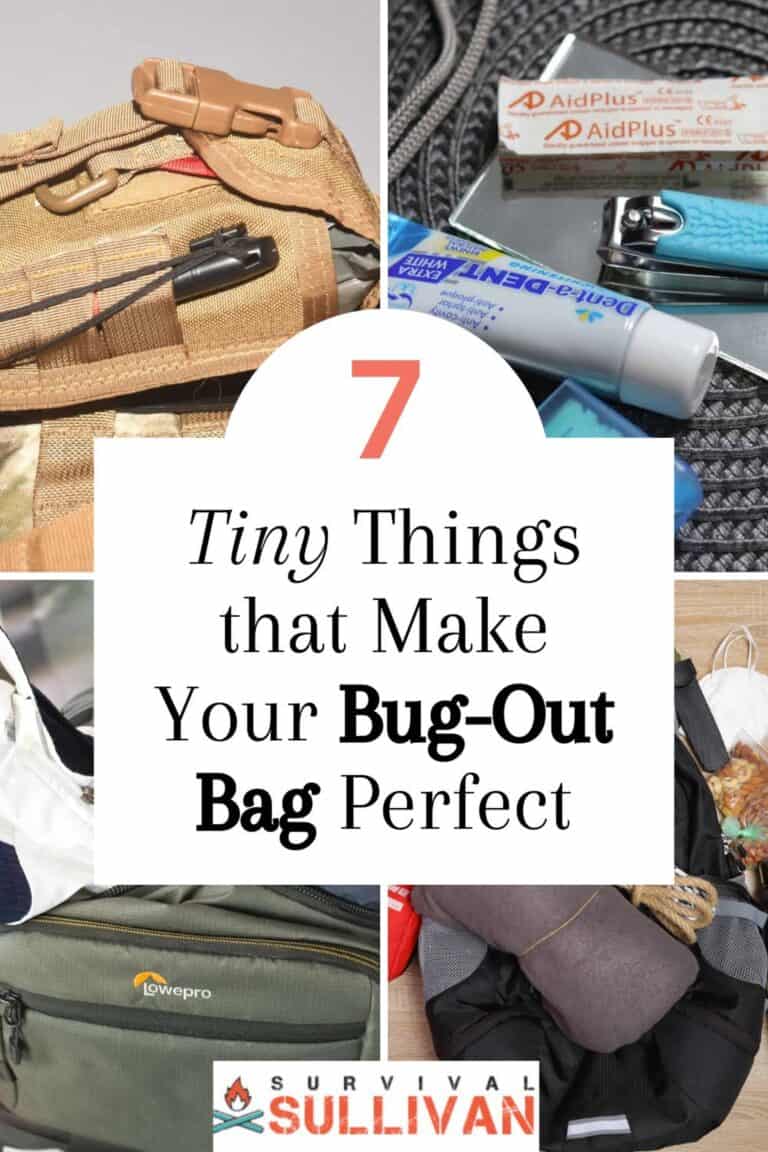

My dad was military. My grandfather was a cop. They served their country well. But I don’t like taking orders. I’m taking matters into my own hands so I’m not just preparing, I’m going to a friggin’ war to provide you the best of the best survival and preparedness content out there.
